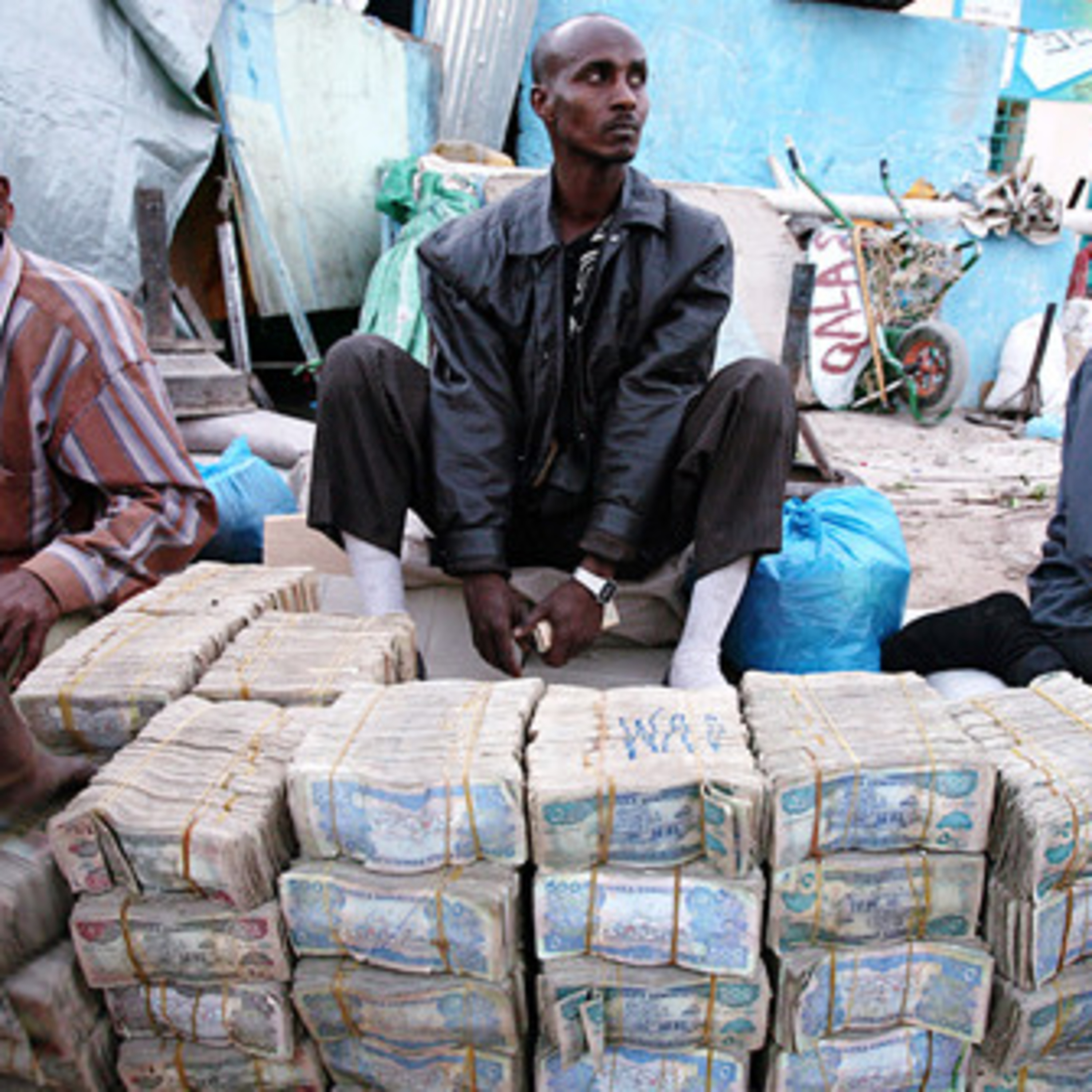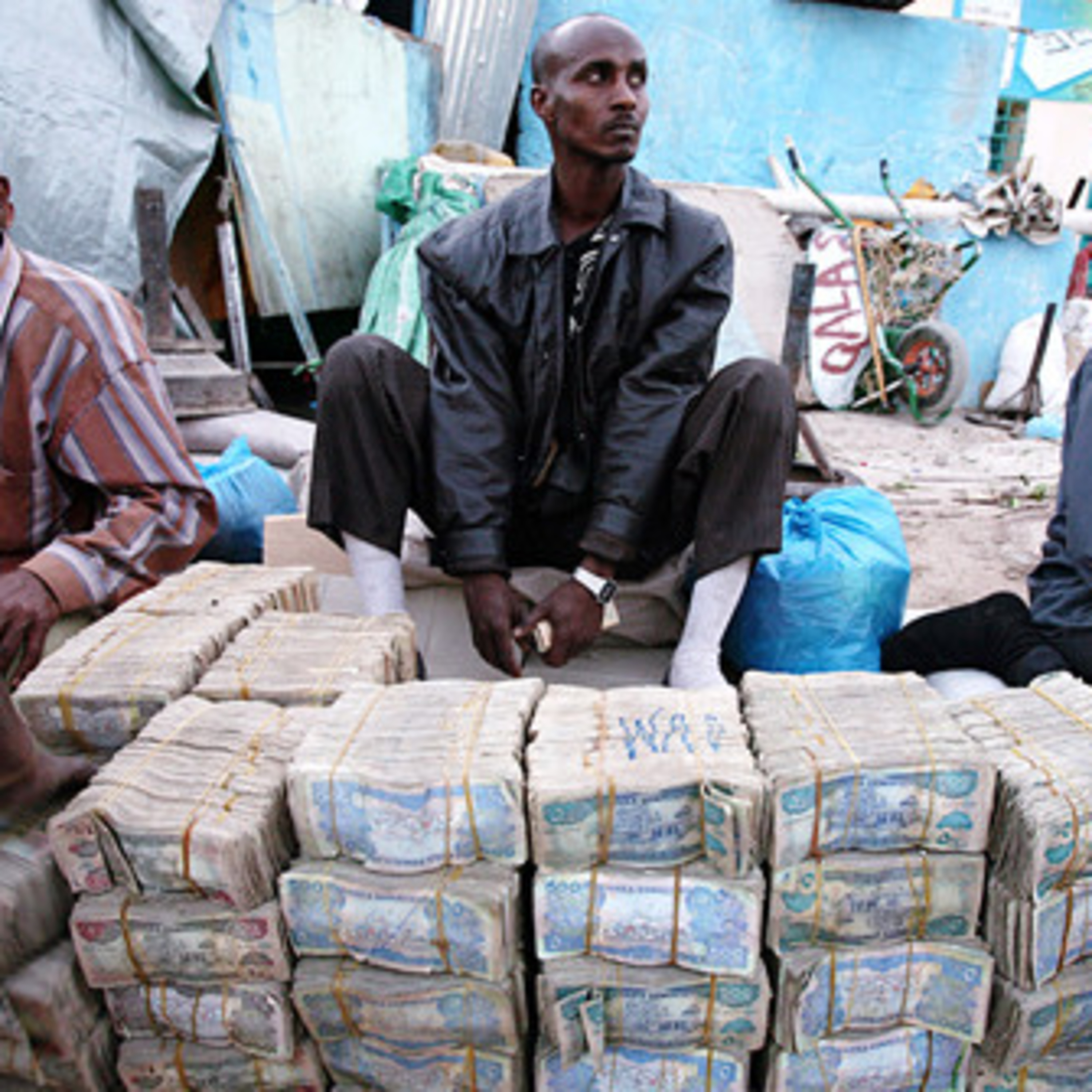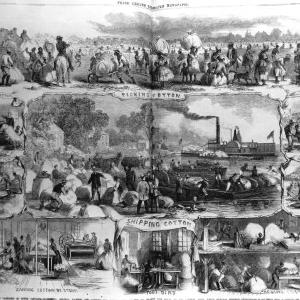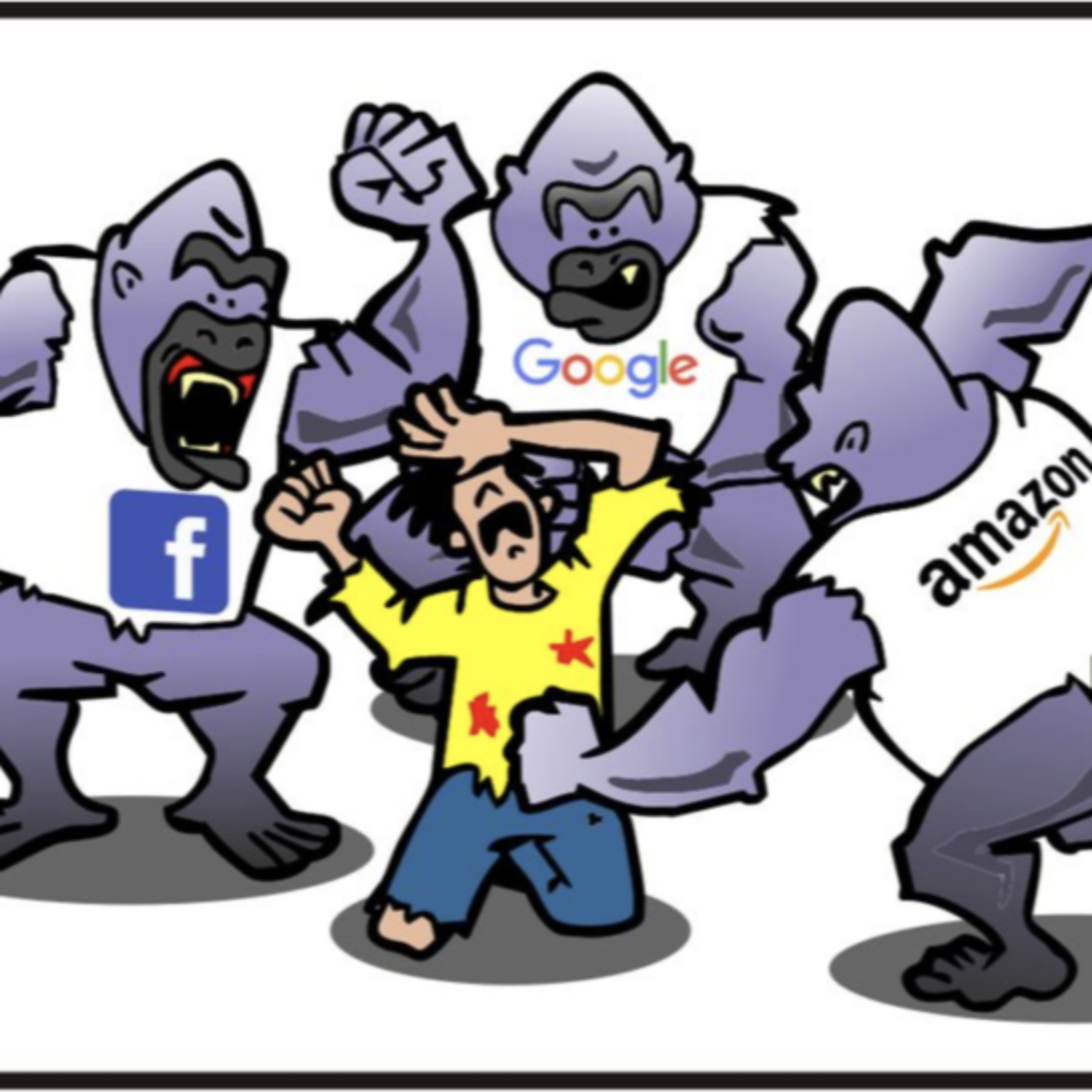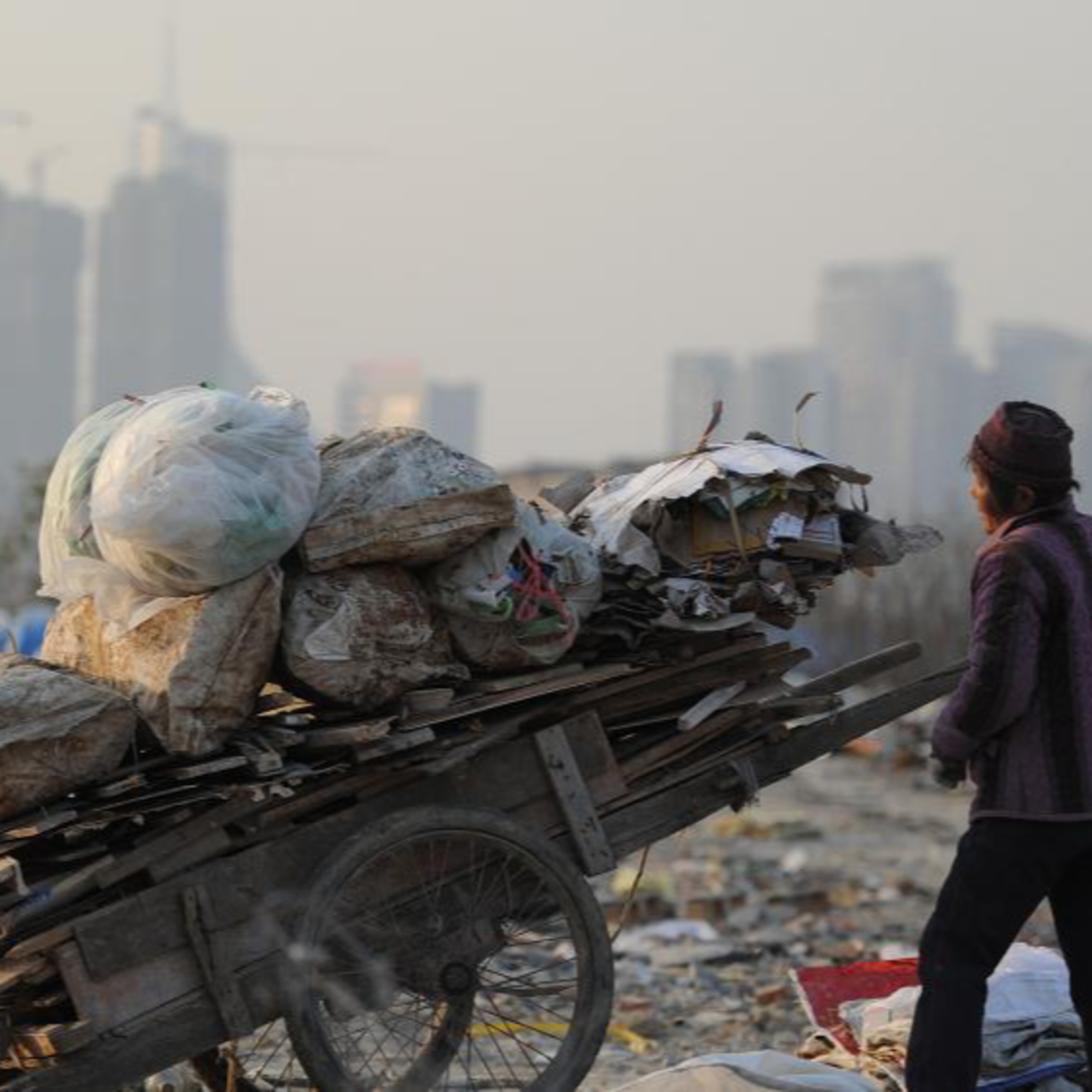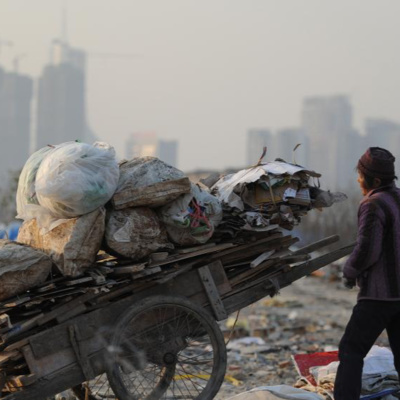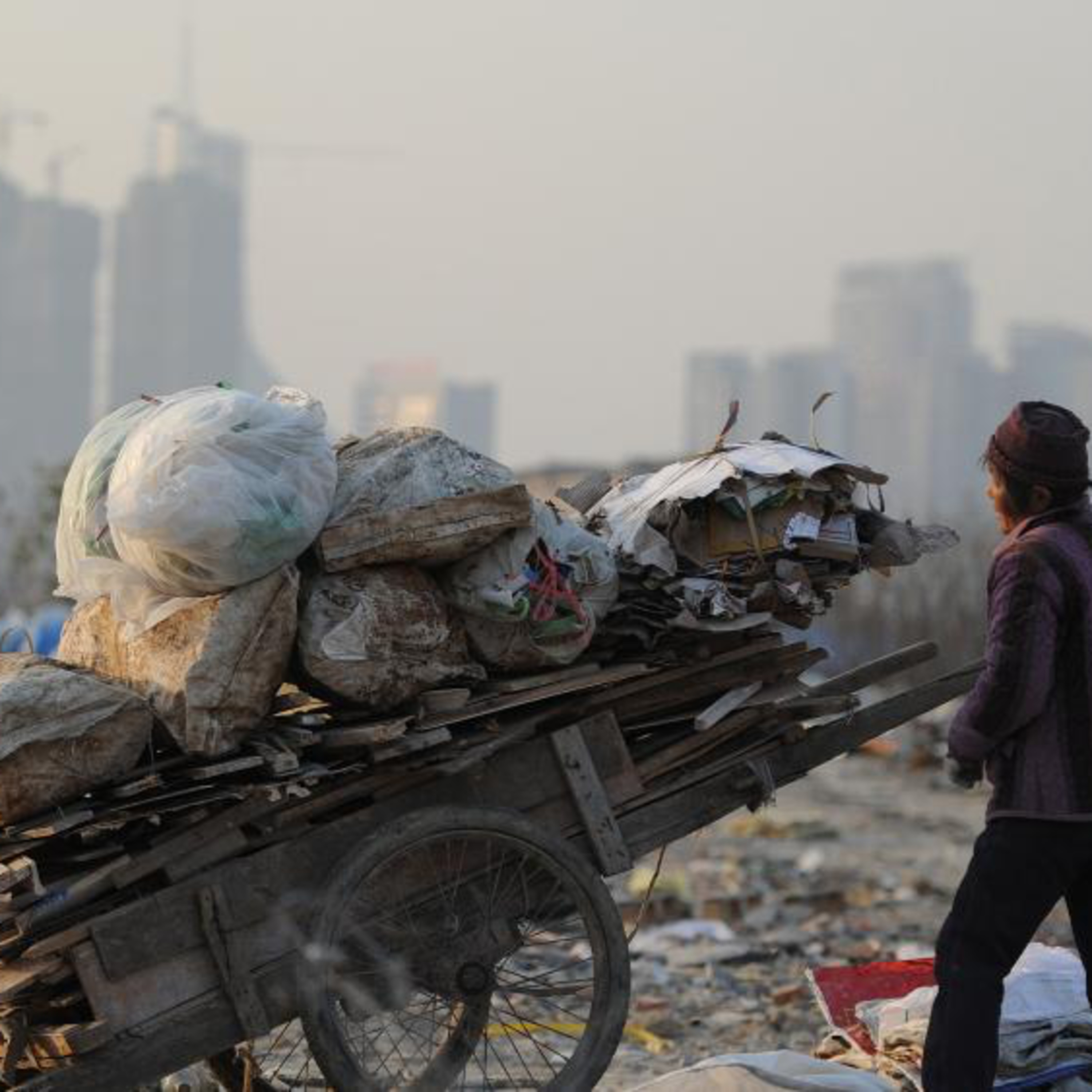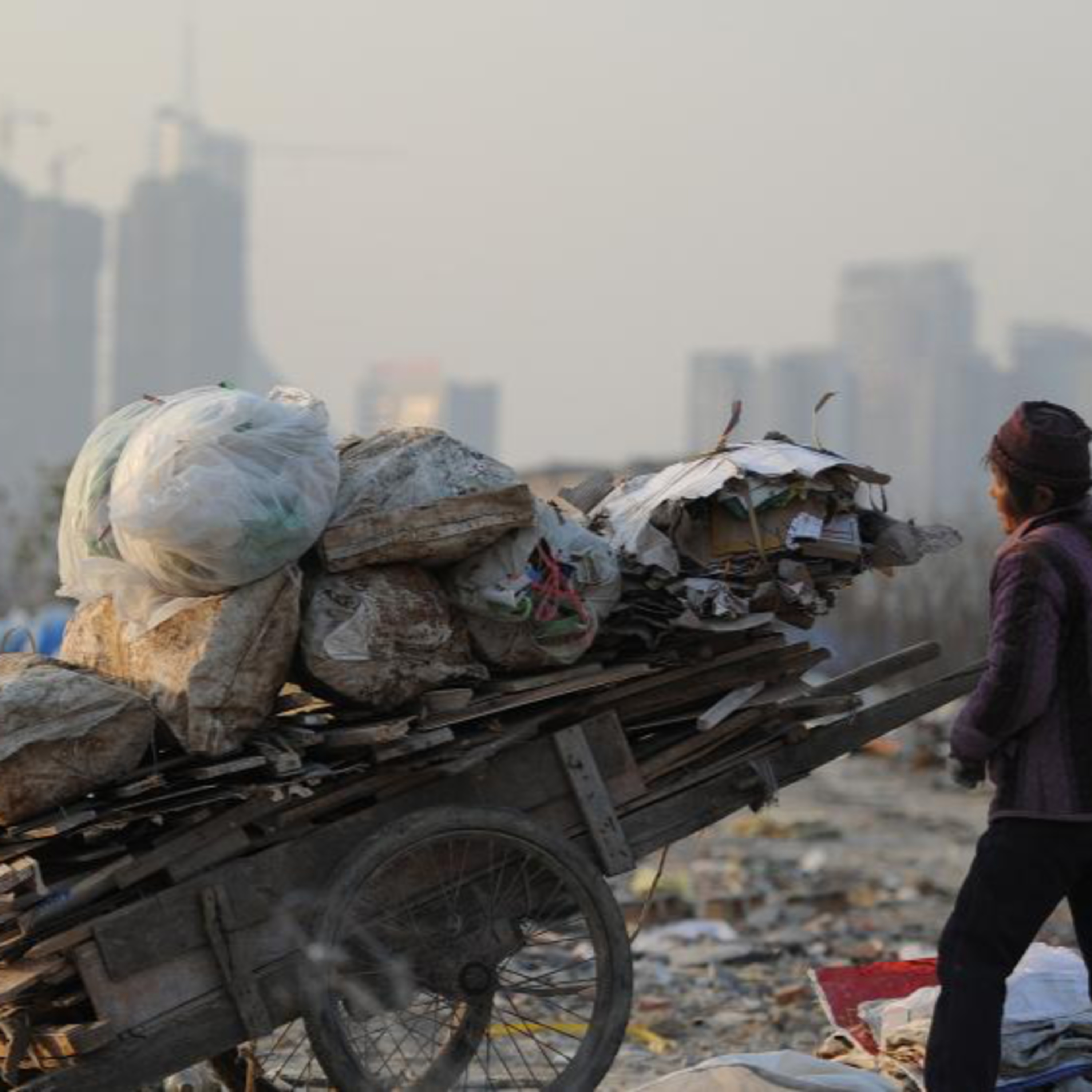Cotton and the Origins of Trans-Oceanic Trade | IEL Episode 3 - Part C
Description
Cotton and the Origins of Trans-Oceanic Trade | IEL Episode 3 - Part ACotton is a subtropical plant that grows just north of the Equator and across three continents: Africa, the Americas, and Asia. Despite European familiarity with cotton—thanks to Muslim and Asian traders—Europeans could not grow cotton. The cotton products they obtained were already manufactured, denying them the greatest added-value. At least this was the state of affairs until Vasco de Gama discerned a route to the Indian subcontinent, allowing Europeans to bypass the Ottoman middlemen.
To resolve the problem of resource constraints, Europeans seized the resources of others. Imperial expansion, expropriation, armed trade, enslavement, espionage, and other forms of organised violence disrupted traditional supply chains, substituting them with a Eurocentric one. And from there, European companies began to flood global markets with cotton goods. In the end, and as I explore in this episode, commerce and European access to the resources | markets of non-Europeans came to inform the modern international legal framework in operation today.


